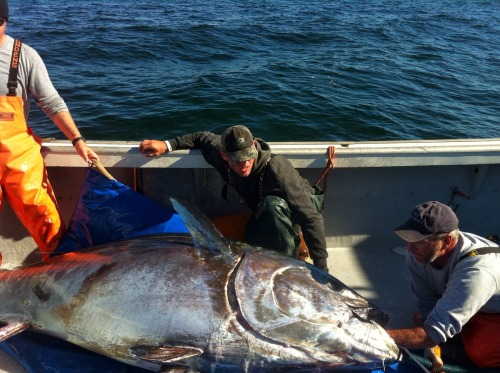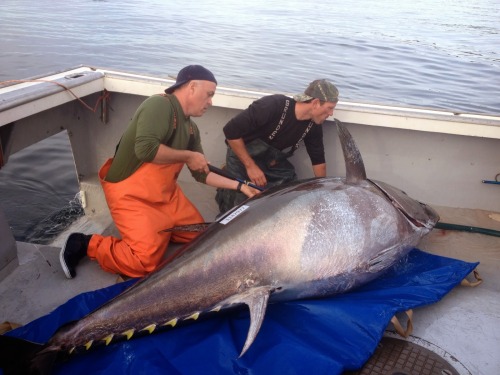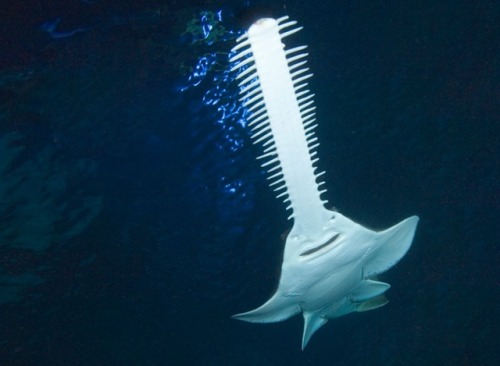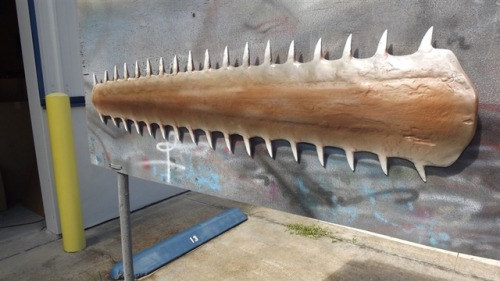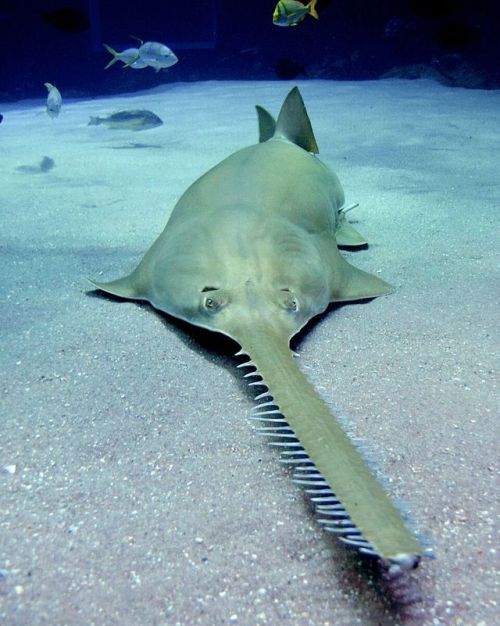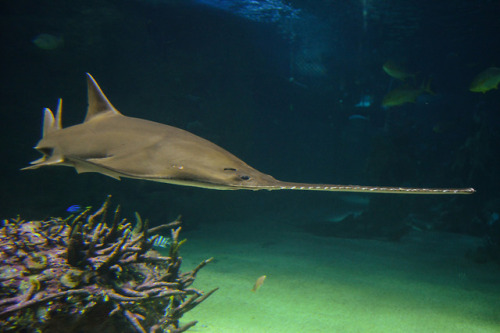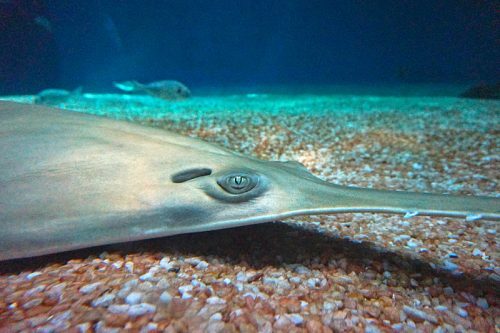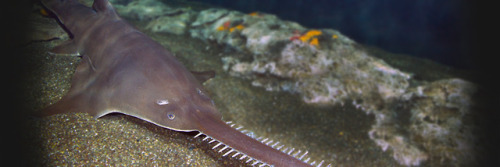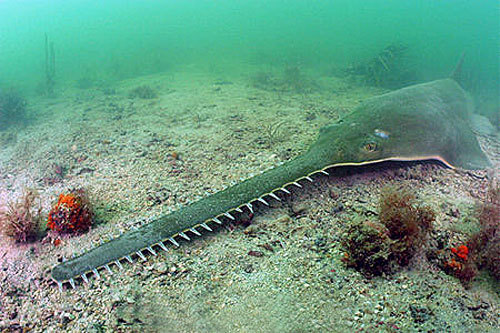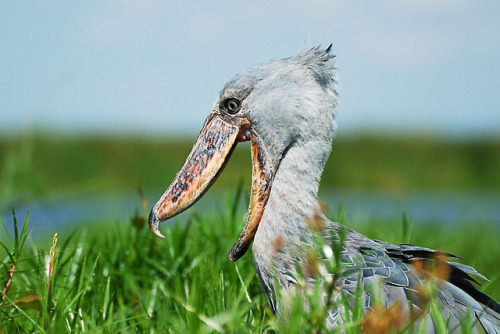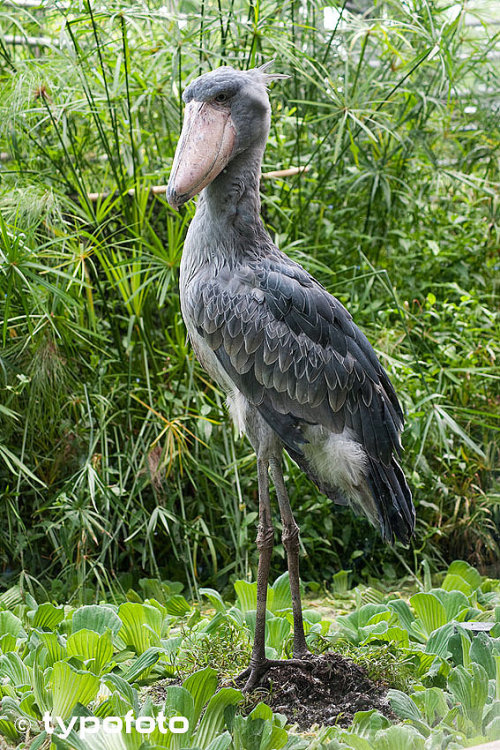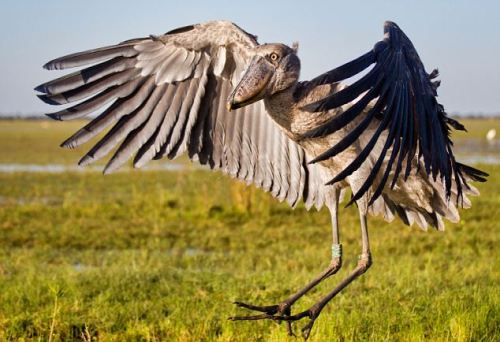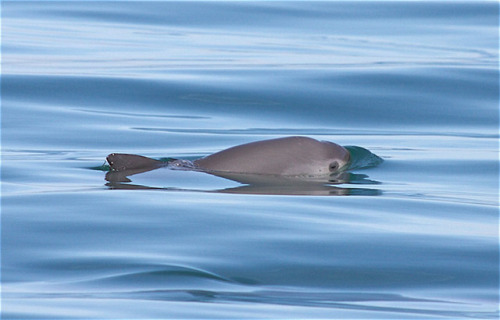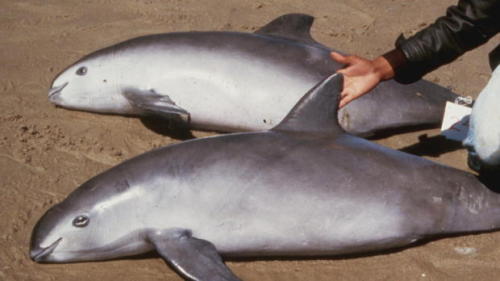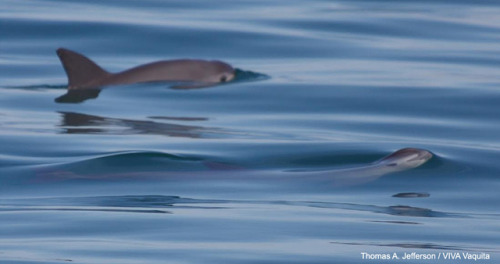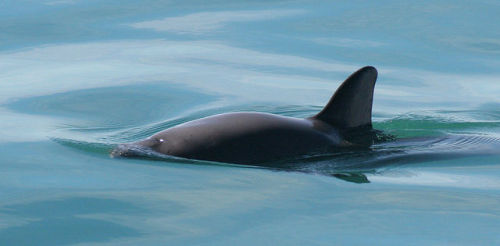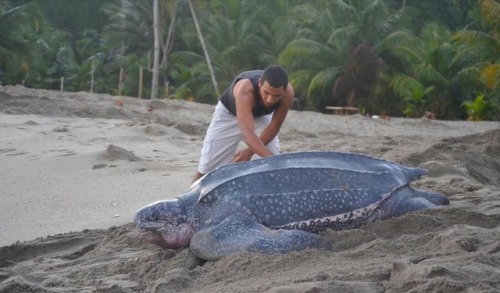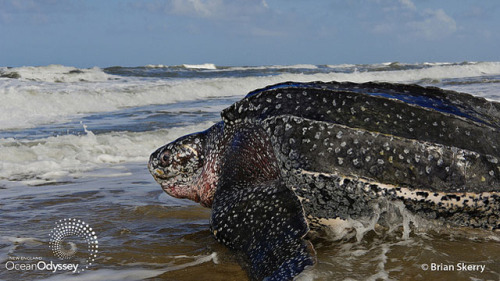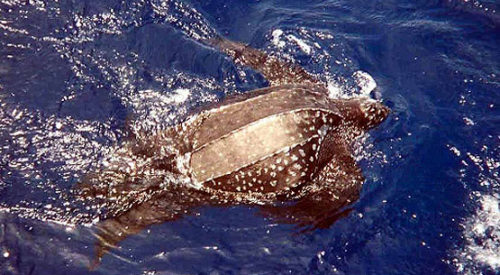#endangered species
World Rhino Day 2018
Each year, World Rhino Day celebrates rhinos and the people and organizations that help protect and support them. IBM believes deeply in protecting the endangered species, and is proud to collaborate with Welgevonden Game Reserve, using the IBM Cloud, IoT and predictive analytics to help protect rhinos from poachers. From all of us at IBM, here’s to wishing rhinos everywhere a happy World Rhino Day!
Learn more about how IBM is helping protect rhinos ->
Post link
South island kokano

not seen since 2007
http://www.lonelyplanet.com/news/2017/02/02/reward-sighting-kokako-bird/

Ivory billed woodpecker
https://birdsna.org/Species-Account/bna/species/ivbwoo/introduction
not seen since 1935

Jerdon’s babbler
no seen since the 1940′s. rediscovered
https://www.sciencedaily.com/releases/2015/03/150305110237.htm


Night parrot
http://www.abc.net.au/news/2017-03-23/night-parrot-sighting-in-wa-shocks-birdwatching-world/8377624
l
Males need not apply—these California condor ladies are doing just fine on their own. After decades of trying to coax the endangered species (pictured above) back from the brink, scientists discovered the condors come up with their own way to help themselves: virgin birth.
PHOTOGRAPH BY ZSSD, MINDEN PICTURES
Post link
Tag-A-Giant
Here, a team of scientists and fishermen work together to tag an 800+ pound Atlantic bluefin tuna (Thunnus thynnus), one of the most powerful apex predators in the sea.
These folks are members of Tag-A-Giant (TAG), an organization that evolved from the Tag-A-Giant research program at Stanford University. Their mission is to help sustainably manage populations of bluefin tuna with scientific research and data-gathering.
Data-gathering is done through electronic tags surgically implanted into the tuna. The tags continuously record data on depth,location,surrounding water temperature, and the tuna’s internal body temperature, allowing researchers to study the movement and habits of this amazing fish.
The data stored in the tags is collected depending on the type of tag used. Pop-up satellite tags automatically detach themselves from the tuna after a certain amount of time, then float to the surface and transmit the data to a satellite.
Archival tags, on the other hand, are only obtained if the fish is caught—usually by commercial fishermen. As incentive, TAG gives out a $1,000 reward for the return of their archival tags.
…for science! (and sustainable fishing!)
*note: Pop-up tags also fetch a nice $500 reward if found, and can wind up washed up on beaches. Vacationers, keep an eye out!
Photos:TAG Blog
References:TAG
Blocket al. 2005.
Blocket al.1998
Post link
Sawfish were once very common in their range, but are now amongst the most threatened marine fish. Although they are technically rays, not sharks, sawfish fins are prized for sharkfin soup, and sawfish parts are often used in Chinese, African, South American, Mexican, and Indian traditional medicine. They are also popular game fish, and their saws and teeth command high prices as souvenirs and trophies. Because of this frequent overfishing and rising pollution rates, most species of sawfish are now critically endangered.
Post link
There has been much speculation as to the purpose of the sawfish’s saw. Speculation was that they were used to literally saw chunks of meat from large prey such as whales or dolphins. In fact, the saw is lined with thousands of sensory organs that allow the sawfish to detect the electric fields emitted by living creatures, thus helping them track prey. Once a fish is detected, the sawfish will strike the prey with a sideways slash of the saw, stunning it, or else use the saw to pin it to the sea floor. While the saw is not used specifically to cut prey, a fish may be sliced in half by a particularly vigorous swipe. The saw is also used to defend the sawfish against large predators such as sharks, or in battles with rivals.
In contrast to stories of sawfish cutting through the bottom of boats or sawing humans in half, sawfish are known to be docile and harmless animals when left undisturbed.
Post link
Thegreen sawfish, also known as the longcomb sawfish or narrowsnout sawfish, is quite possibly the largest species of sawfish, historically reaching lengths of up to 24 feet. It was once found in 37 separate countries, but now populations have been confirmed in only 11. The total population of this fish has declined by over 80% in the past three generations, making it critically endangered.
Post link
Thelargetooth sawfish is not only is number 1 on the EDGE Shark list, but also has the highest-ranking score of any EDGE species! While it is also known as the common sawfish, it is now critically endangered. Once found in over 75 countries, it is present in less than a third of its former range and is considered critically endangered. It is still, however, the species of sawfish most commonly found in captivity.
Post link
Sawfish are sometimes called “carpenter sharks”, but they are actually members of the ray family. They are among the world’s largest fish, with some species reaching up to 25 feet in length. Their most recognisable feature is, of course, the long, flattened, tooth-lined rostrum protruding from their face.
Post link
Theshoebill is primarily a silent bird, but one of the few noises it makes is a machine gun-like bill-clattering, generally used by members of a nesting pair to communicate with each other and their nestlings. Shoebills may also utter croaking sounds, cow-like moos, whines, and nestlings may beg for food with hiccups.
Most of the shoebill’s diet consists of large fish such as lungfish and tilapia, but they will also feed on fish, frogs, lizards, turtles, snails, waterfowl, and even juvenile crocodiles. There are even unconfirmed reports of shoebills devouring small antelope calves. When the shoebill gets ahold of prey too large to swallow in one piece, it will decapitate the animal with one blow of its massive beak.
Post link
While the vaquita is not deliberately hunted by humans, its downfall has been the extensive fishing of the totoaba, a fish whose swim bladder is a delicacy in China. Gill nets used to catch totoaba have quite literally massacred the vaquita - over 80% of their population disappeared between 2008 and 2015.
Government efforts to preserve the species were perfunctory - “vaquita-safe” nets proved nowhere near as effective as the old gill nets, fishermen rioted when a related fishery was shut down for fear of it being used as a cover for tatoaba poaching (ironic, as that fishery used safer nets), and compensatory monthly checks to men losing their livelihood were meager, sometimes less than a man could make in a single day’s fishing. The export of tataobas was banned and a marine reserve established, but poaching and smuggling is rampant, and there is little incentive to stop it. A single tatoaba bladder can bring in $20 000, while the fine for being caught poaching is about $500. Even now, the controversial Sea Shepherd is one of the few ships patrolling for poachers, and they can do little but film and report them. In the meantime, dead vaquita continue to be pulled from the waters.
The latest estimates say there may be only 12 vaquita left in the world. If the vaquita goes extinct, it will be the first extinction of a marine mammal since the loss of the baijiin 2006.
Post link
Thevaquita has the most restricted range of any marine cetacean, as they are endemic to the northern end of the Gulf of California. They have evolved to live in shallow, murky water, sometimes so shallow that their backs protrude from the water. Unlike many other marine animals, they can also cope with the rapid and extreme temperature changes that can occur in shallow water.
Post link
Because of the vaquita’s low numbers, the National Marine Mammal Foundation attempted to start a captive breeding program. However, after a female vaquita died of stress shortly after being captured, the program was abandoned. It is unlikely a similar program will be attempted in the future.
Post link
Thevaquita is Mexico’s only endemic marine mammal. The name vaquita is Spanish for “little cow”, and other names for the species include cochito (Spanish for “little pig”), desert porpoise, vaquita porpoise, Gulf of California harbor porpoise, Gulf of California porpoise, and gulf porpoise.
Post link
TheSeri, or Comcaac, people of the Sonora coast have had a long and important relationship with the leatherback. Considered to be one of their five creator deities, the capture and release of a leatherback is cause for ceremony and celebrations. In recent years, however, the nation has noticed the drastic decline of the leatherback population and decided to take action. The new conservation movement, called Grupo Tortuguero Comaac, consists of both elders and youths and uses both modern technology and tradition knowledge to monitor turtle populations and research their foraging habits. Five person teams consisting of an elder, two younger team members, and two trainees make monitoring expeditions into the Canal de Infiernillo, the center of Seri territory and a site of extreme importance for migrating juvenile turtles. This has proven an effective means of both monitoring local turtle populations and passing traditional knowledge on to the younger generations.
Post link
Theleatherback turtle has no teeth. Instead, its throat is lined with backwards-pointing spines designed to snag prey and prevent it from escaping once the turtle bites down.
Post link



